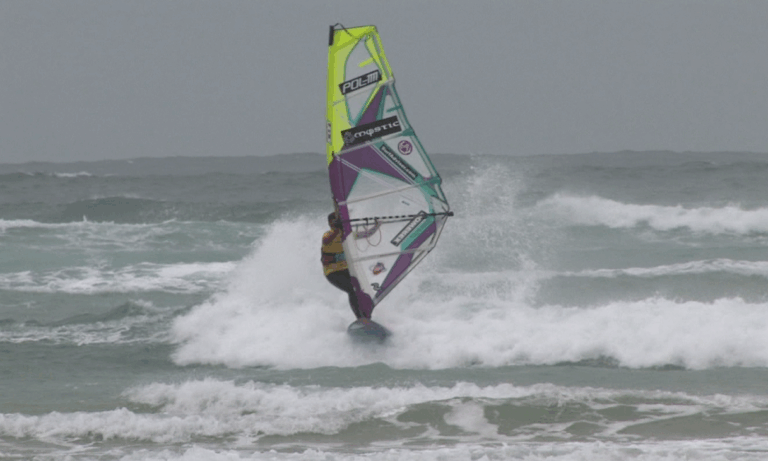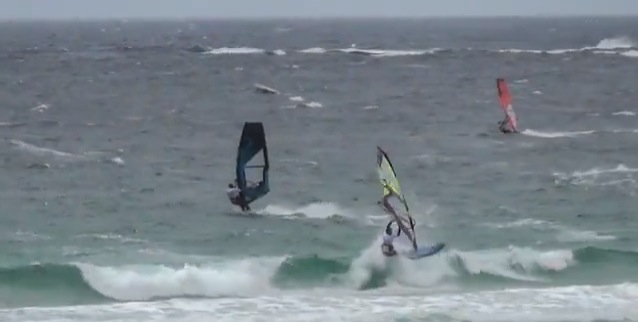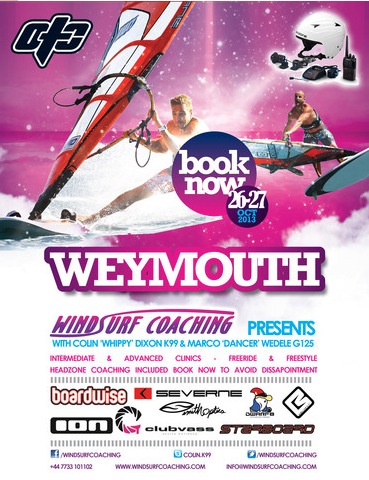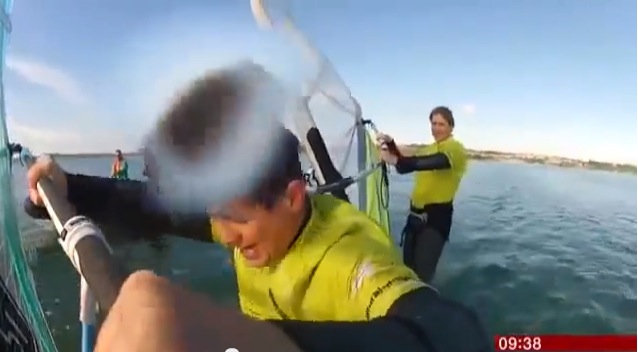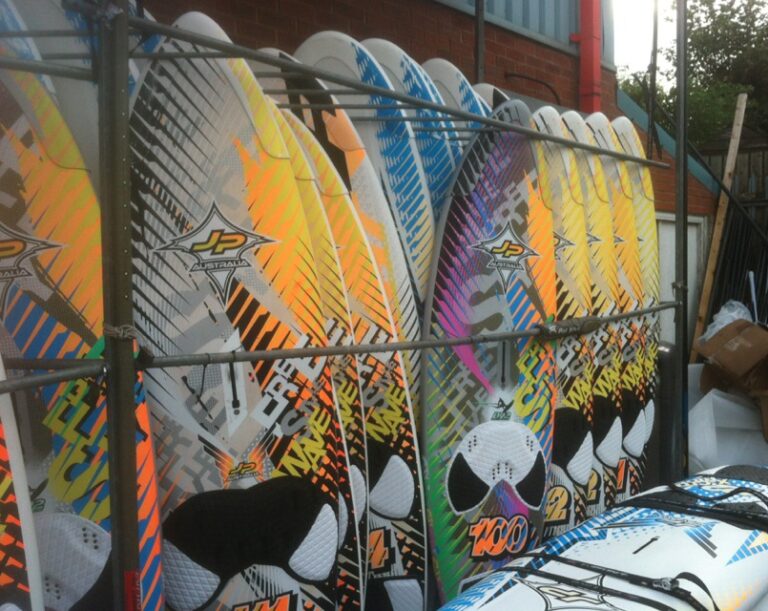Want to get into speedsailing, but not sure where to start?
Boards have teamed up with record breaking speedsailor Farrel O’Shea to guide you through everything you need to know to enter the world of speedsailing:
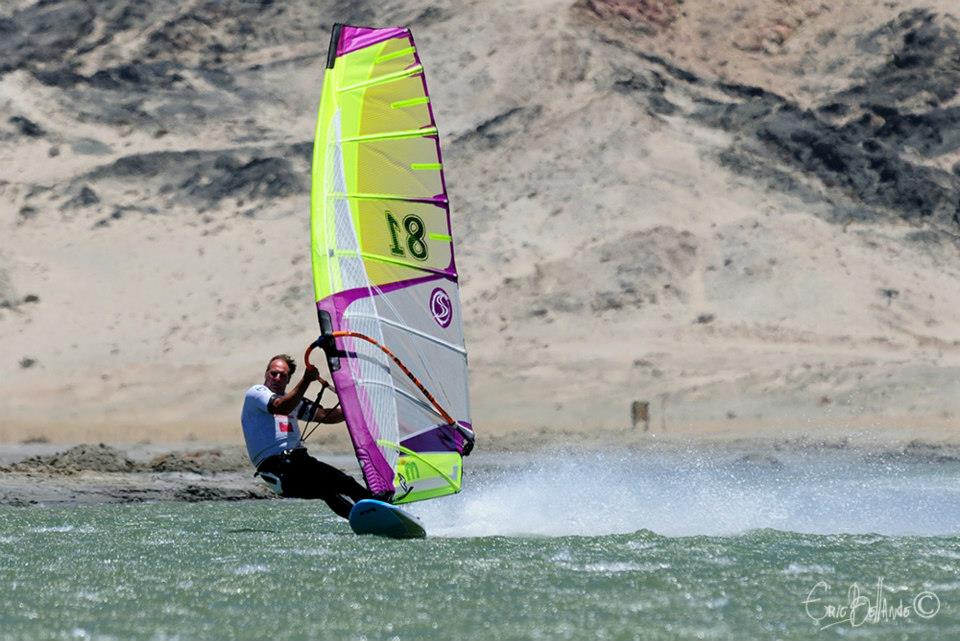
Equipment:
I only have a freeride board, can I go speedsailing on that?
Absolutely yes! It’s only when it starts to get flat and windy does the specialist kit come into its own; there’s probably less chance of stickin’ it on a freeride board too!
..it’s all about personal goals, perhaps with a side bet of a pint of Guinness.
What size freeride board is suitable for speed?
Any size, wind strength depending. A 140 litre as an example is not too big in medium airs, as it’s more about control. If your board feels out of control it may be at that point its too big.
When I get more into speedsailing what sort of board and sails would I be looking to get first of all?
A slalom board is a good first port of call, 90 litre for higher wind, 120 litre for medium wind.
Camber induced sails are more stable as you sail more powered up, but rotational can still be fast off the wind .
What other equipment will I need? And why is it useful?
A decent fin will give you more margin for error and will hold better both under and overpowered – very important!
I hear a lot of people use weight jackets – why, and should I get one?
A weight jacket is really the domain of the committed speed sailor; I don’t advise one at all. They tire your arms out quickly getting going and puts quite a strain on your back particularly in any chop.
It has its uses when it’s flat and super wind, particularly on closer rather than broader reaches .
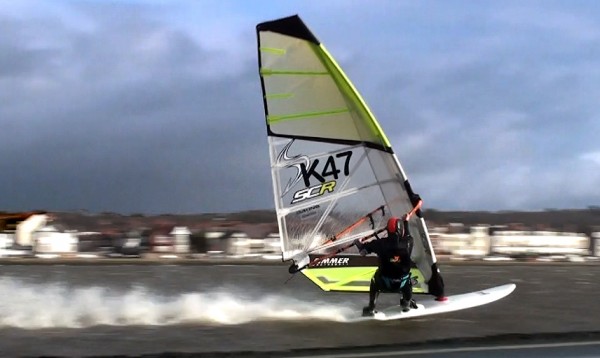
Sailing ability:
Am I good enough to go speedsailing?
if you have some aspiration to go fast you’re good enough.
I don’t think I’m really that fast, does it matter?
No, it’s all about personal goals, perhaps with a side bet of a pint of Guinness.
What would be a good first speedsailing event to enter in the UK?
Weymouth is the only event in the UK (this year held between 12th and 18th of October, check out the video from the 2012 event here). It’s well attended and still embodies the spirit of speed, all abilities are present and it’s equally friendly to the “novice “ speedy .
Most of the top UK guys appear on those “blowin’ dogs off chains days “. Locations are often direction sensitive, the popular known quick spots being West Kirby, Southend and Weymouth.
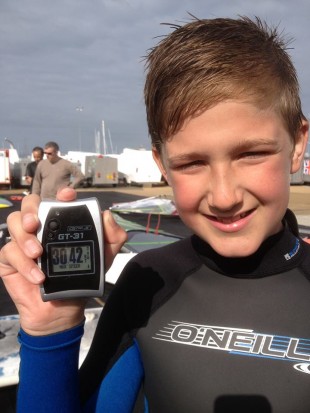
GPS:
Why should I use a GPS?
The GPS unit gives pretty accurate feedback, it’s a great tool to give yourself some encouragement and know exactly what speeds you are hitting. You can post your results on a “fun “ but global level.The GPS Speedsailing website has really taken off with 3 or 4,000 people posting their speeds. You can rank yourself against some of the world’s best or use it for some friendly competition at you local duck pond.
What’s the difference between normal speedsailing and the GPS sailing contents/leader boards?
Normal, or perhaps let’s call it traditional Speedsailing, has always been over a 500 metre distance, which is a good test of speed over some distance.
The GPS Speedsailing is defined in 10 second runs, this means there is a better chance of a consistent gust and only about half the time to hang on. More importantly it has opened up many more suitable venues than the 500 m course could facilitate.
Why would I do one rather than the other if I want to get into competitive speedsailing?
The “blue ribboned“ 500 m speed is a recognised record distance; a distance sanctioned and overseen by the World Speed Sailing Record Council. This means at an official ratified event you could set a legitamate World, National or personal record, which is accepted by the wider sailing community as equal to any other sailing craft records.
GPS comps are perhaps more accessible to more people, both on location and price, but don’t hold this ‘official’ status.
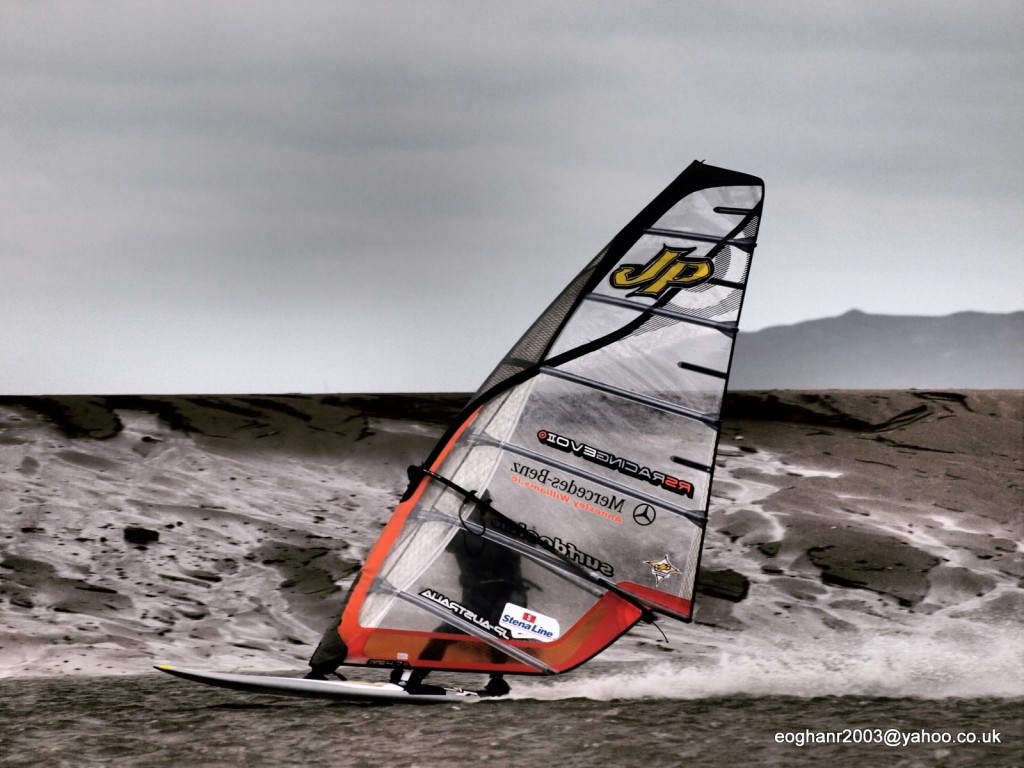
Where to go:
I am ready to give speedsaling a go! Where should I go and when?
You can start anywhere! Have a spin at your local beach, use a GPS for a guide and take it from there.
I don’t just want to sail down at the beach with my mates, I want to check out how fast the top UK guys can go – how and where can I do this?
We are fortunate in the UK to have many good speed hotspots. Most of the top UK guys appear on those “blowin’ dogs off chains days “. Locations are often direction sensitive, the popular known quick spots being West Kirby, Southend and Weymouth.
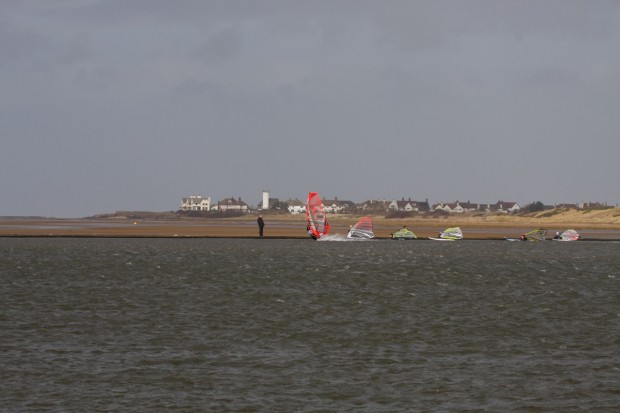
Is there anything else I need to know before my first proper speed session?
Once you’re in the swing, put up the biggest rig you can hold, hook in and HANG ON!
How fast can I really expect to go? What sort of speeds should I be aiming for now and in the future?
In open water 25 knots is a start, but head for 30 which is pretty difficult .
If you can go to a flat and windy place 35 knots is a achievable target .. but you gotta get your sights on 40!
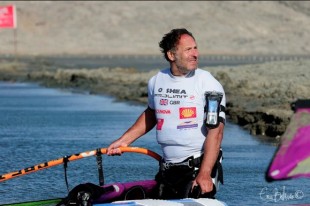
And the final wise words from Mr O’Shea…
It’s easy at the start to improve quickly, then after a while like the best of ’em you get stuck… at that point the conditions have to yield to throw you the extra bone you may need to push the notch it up ..quite often there’s no substitute for more wind!!!
Stay tuned all week as Boards celebrates the start of the Luderitz speed challenge and the up coming Weymouth speed week with an all out speed focussed week. From gear to technique, locations to interviews, we’ll have it all!

